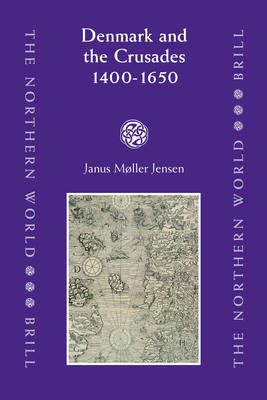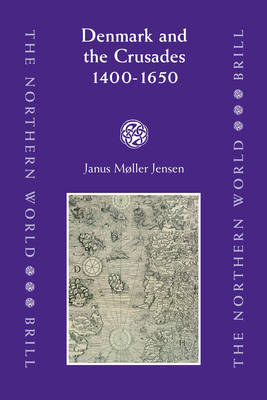
- Afhalen na 1 uur in een winkel met voorraad
- Gratis thuislevering in België vanaf € 30
- Ruim aanbod met 7 miljoen producten
- Afhalen na 1 uur in een winkel met voorraad
- Gratis thuislevering in België vanaf € 30
- Ruim aanbod met 7 miljoen producten
Zoeken
Omschrijving
This first full-length study of the role of crusading in late-medieval and early modern Denmark from about 1400 to 1650 offers new perspectives to international crusade studies. The first part of the book proves that crusading had a tremendous impact on political and religious life in Scandinavia all through the Middle Ages. Danish kings argued in the fifteenth century that they had their own northern crusade frontier, which stretched across Scandinavia from Russia in the east well into the North Atlantic and Greenland in the west. A series of expeditions in the North Atlantic were considered to be crusades aimed at re-conquering Greenland as a stepping stone towards India and the realm of Prester John, which was argued to be originally Danish, adding a much neglected corner to the expansion of Christendom in this period. The second part shows that the impact of crusading continued long after the Reformation ostensibly should have put an end to its viability within Protestant Denmark.
Specificaties
Betrokkenen
- Auteur(s):
- Uitgeverij:
Inhoud
- Aantal bladzijden:
- 444
- Taal:
- Engels
- Reeks:
- Reeksnummer:
- nr. 30
Eigenschappen
- Productcode (EAN):
- 9789004155794
- Verschijningsdatum:
- 24/04/2007
- Uitvoering:
- Hardcover
- Formaat:
- Genaaid
- Afmetingen:
- 166 mm x 245 mm
- Gewicht:
- 929 g

Alleen bij Standaard Boekhandel
+ 644 punten op je klantenkaart van Standaard Boekhandel
Beoordelingen
We publiceren alleen reviews die voldoen aan de voorwaarden voor reviews. Bekijk onze voorwaarden voor reviews.








